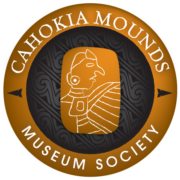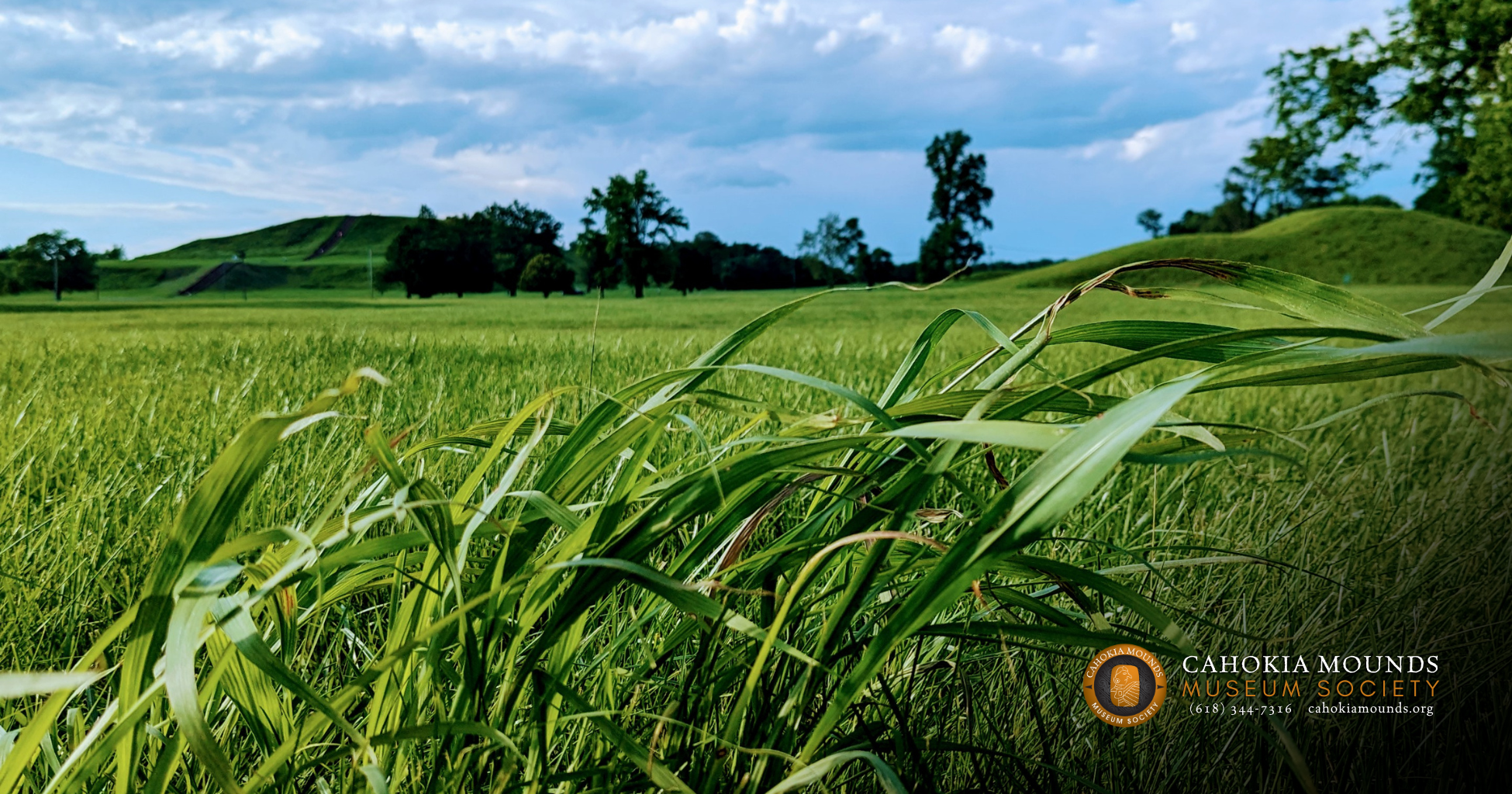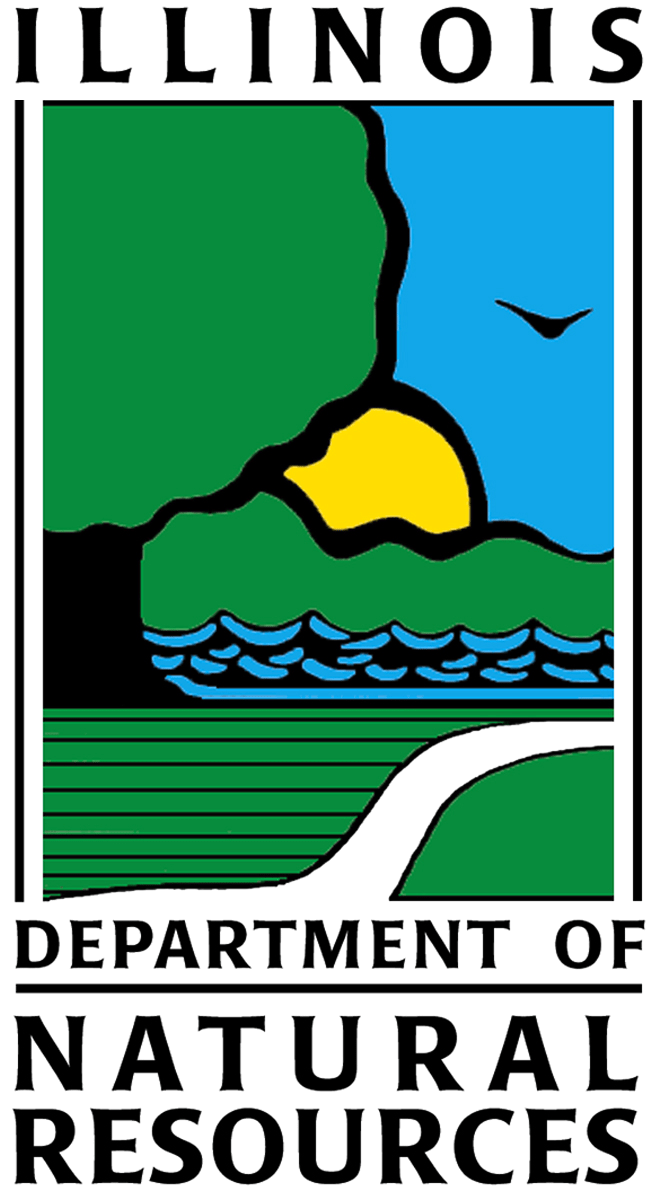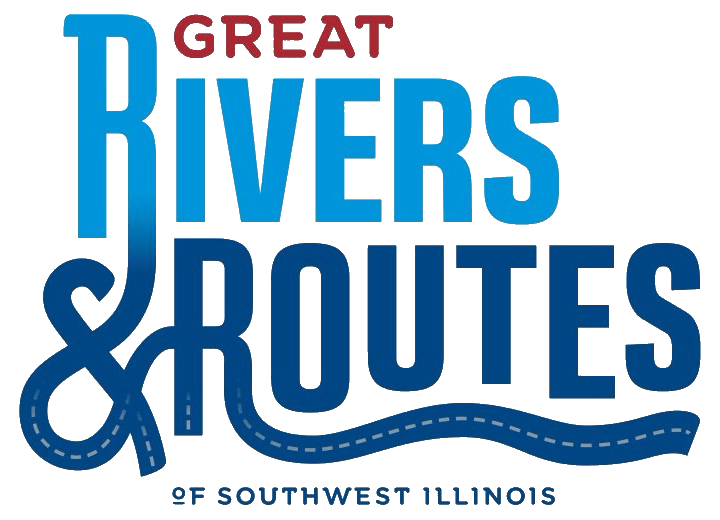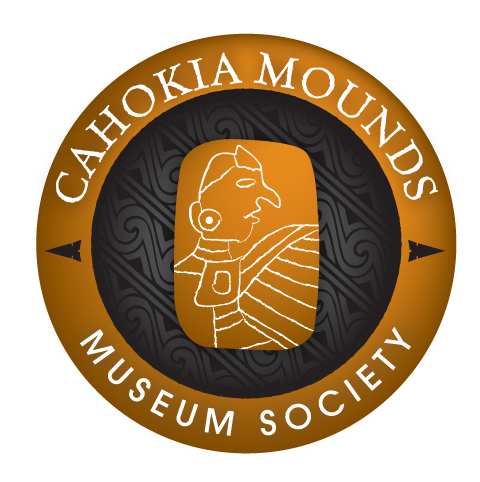Q & A: Was there any pre-European Seed Trade at Cahokia Mounds
By Angela Cooper, Service Specialist II
Q: Recently a visitor asked if we knew of any pre-European seed trade here at Cahokia Mounds.
A: When the visitor asked this question, my immediate response was maize. I know that maize came to the Cahokia region from the Southwest, and that Southwestern people obtained corn from Mexico.
They asked about older seed trade or evidence, and I replied that bottle gourds are theorized to have floated along ocean currents from Africa and landed in the Americas. “Sophisticated molecular processing techniques…demonstrate that ancient bottle gourds in the Americas do in fact conform genetically to African rather than to Asian cultivars” (Fritz 2019:12). The earliest evidence of bottle gourds in the Midwest dates to the Late Archaic period of 3000 to 2500BC.

Feeding Cahokia, By Gail Fritz Photo Courtesy of CMMS. Click on the photo to purchase through our online Museum Shop.
The visitor’s question intrigued me as I do not know much about the cultivation and domestication of indigenous North American crops. As a result, I decided to read Gayle Fritz’s book Feeding Cahokia: Early Agriculture in the North American Heartland. In the article below, I will briefly discuss some of these seeds and crops.
According to Fritz, “even earlier and more widespread evidence in this region is available for a second member of the squash-and-gourd family (Cucurbitaceae), Cucurbita pepo” (2019:13). There is a pepo gourd from Mexico, but the subspecies found in Illinois come from the southeastern United States. The earliest date to around 6000BC during the Middle Archaic period.
During the earliest migrations across North America, Native Americans brought the sunflower from the West. The sunflower is also an early domesticated plant in the Americas. A similar domesticated plant, the marshelder, has been found in Late Archaic contexts in Illinois. Marshelder seeds also have been recovered from Arkansas and Kentucky. Archaeologists use the term “Eastern Agricultural Complex” to describe the domesticated plants that Native Americans cultivated and consumed before maize arrived North of Mexico.
Many of the crops the Mississippians grew at Cahokia and other sites are represented in their artwork. The flintclay figurines show us how Mississippians viewed themselves and how they related themselves to the world. Some of these representations may indicate aspects of the different worlds in the Mississippian cosmology. A great example is the Birger Figurine that shows the relationship of the women farmers to the Lower World. A woman is using a possibly Mill Creek chert hoe to dig up the earth, which is actually the back of a serpent. From the body of the serpent becomes two vines with cushaw squashes.
For more information about early plants at Cahokia Mounds, read Feeding Cahokia. A limited stock is available in the Gift Shop for $29.95 +shipping and tax. Call 618-344-9221 to order a copy today.

